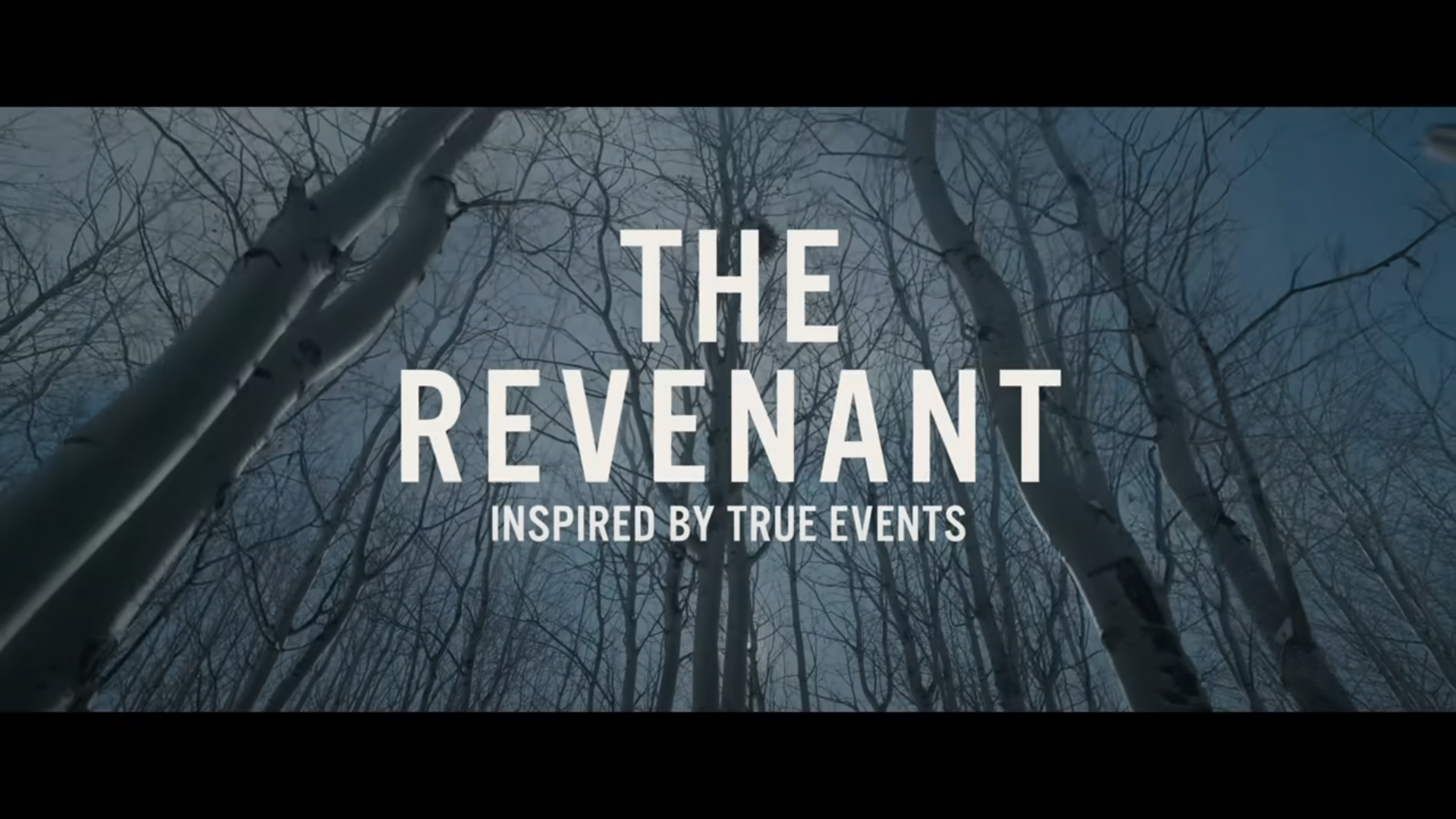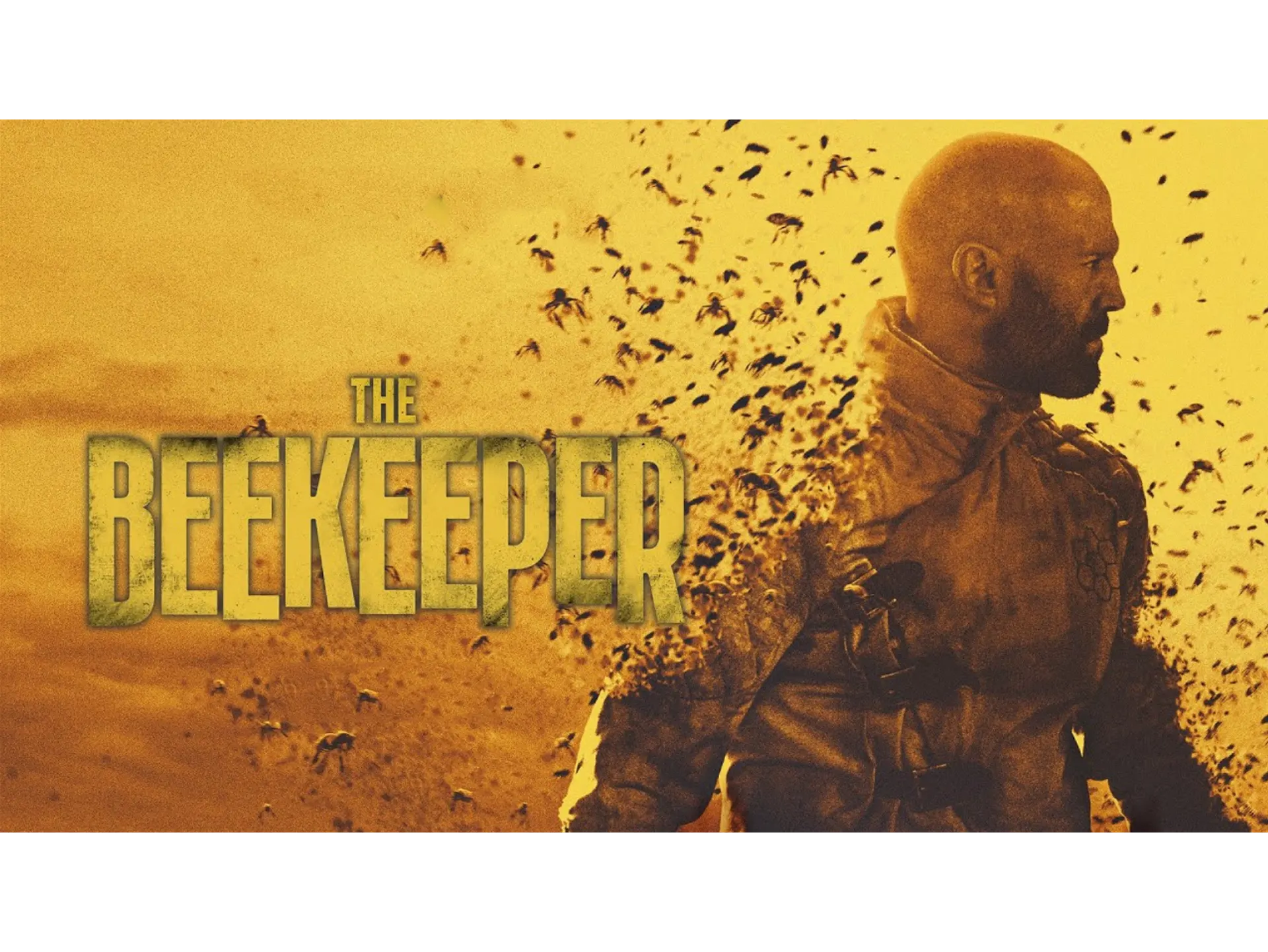Manhunter and The Silence of the Lambs are two iconic films that delve into the chilling world of serial killers. Both movies masterfully offer a glimpse into the psyche of these criminals while also focusing on the investigators tasked with capturing them. In this blog post, we will explore how each film portrays serial killers, their motivations, and the techniques used to bring the stories to life.
The Context of Serial Killer Films
The genre of serial killer films has evolved significantly over the years. The portrayal of such characters can often reflect society’s fears and fascinations with violence and criminal psychology. Manhunter, released in 1986, was a pioneer in establishing the tone and structure of serial killer narratives, while The Silence of the Lambs, released in 1991, pushed the genre into the mainstream with its engaging storytelling and complex characters.
Manhunter was directed by Michael Mann and is based on Thomas Harris’s novel “Red Dragon.” The film introduced audiences to Dr. Hannibal Lecter, a character that would eventually become a cultural icon. In contrast, The Silence of the Lambs continued Harris’s story, focusing on the dynamic between Lecter and FBI trainee Clarice Starling, played by Jodie Foster.
Both films capture the psychological depth of their serial killer characters, setting the stage for discussions about morality, humanity, and the nature of evil.
Characterization of the Killers
The Killers in Manhunter
In Manhunter, the primary antagonist is Francis Dolarhyde, also known as the Tooth Fairy. Dolarhyde is portrayed as a deeply troubled individual grappling with his traumatic past and grotesque urges. The film takes a more psychological approach to his character, emphasizing his childhood trauma and the psychological factors that contribute to his murderous actions.
This portrayal adds a layer of sympathy for Dolarhyde, allowing the audience to understand, if not condone, his actions. The film presents him as a product of his environment, highlighting how childhood abuse and neglect can lead to destructive behaviors. By giving Dolarhyde a backstory, Manhunter humanizes him, making viewers question the factors that contribute to his monstrosity.
The Killers in The Silence of the Lambs
The Silence of the Lambs features Hannibal Lecter as a central figure in the story. Lecter is a complex character who, while being a serial killer, is depicted as highly intelligent and cultured. Unlike Dolarhyde, Lecter is a fully formed sociopath whose actions are premeditated and calculated.
The film illustrates Lecter’s manipulative nature and his ability to play mind games with his captors, particularly Clarice Starling. He is portrayed as a predator who enjoys the psychological chess match he plays with those around him, adding an unsettling layer to his character. While Lecter is certainly dangerous, there is a charisma about him that draws viewers in, creating an intriguing villain who captures the audience’s morbid curiosity.
Psychological Depth and Motivations
Understanding Dolarhyde’s Mind
In Manhunter, the exploration of Francis Dolarhyde’s psyche is executed through flashbacks and conversations. The film introduces his complex relationships with his grandmother and the identity struggles he faces. His transformation into the Tooth Fairy is shown as more than just a brutal act; it stems from deep-seated emotional issues and feelings of inadequacy.
The character’s motivations are rooted in his belief that he must become something greater than himself to overcome his vulnerabilities. The film effectively illustrates how Dolarhyde’s fragile self-image drives him to murderous acts, revealing the emotional turmoil that often lies behind acts of brutality.
Lecter’s Calculated Manipulations
In contrast, The Silence of the Lambs emphasizes Hannibal Lecter’s psychological manipulation skills. Unlike Dolarhyde, Lecter appears to be in complete control of his actions and revels in the chaos he creates. His motivations are often less about personal trauma and more focused on intellectual engagement and power dynamics.
Lecter’s conversations with Clarice demonstrate his keen understanding of human nature. He probes into her psyche, making her confront her own fears and insecurities. This dynamic elevates the psychological tension in the film, highlighting how his intellect poses a more significant threat than mere physical violence. The film shifts its focus from the act of murder to the act of manipulation, showcasing the complexities of human behavior.
Visual Storytelling
The Cinematic Style of Manhunter
Manhunter employs a distinct visual style that contributes to its haunting atmosphere. The film uses lingering shots, moody lighting, and an unconventional narrative structure to evoke tension. Michael Mann’s direction creates a sense of unease, immersing the audience into the darkness of its characters’ minds. The use of color and light contrasts serves to highlight the psychological battles taking place.
The film’s score, which features haunting synthesizer music by composer Michael Rubini, complements the visuals perfectly, enhancing the sense of dread and uncertainty. The visual storytelling in Manhunter results in an almost hypnotic experience, shaping the audience’s understanding of the characters and their motivations.
The Craftsmanship of The Silence of the Lambs
Conversely, The Silence of the Lambs adopts a more traditional cinematic approach, focusing on storytelling and character interactions. The use of tight close-ups during crucial scenes allows viewers to see the nuanced performances by Foster and Anthony Hopkins, creating an emotional connection with the characters.
The film’s cinematography emphasizes clarity and intensity as it showcases the psychological battle between Clarice and Lecter. Each moment between them is charged with tension, allowing the audience to experience the thrill of their interactions as they navigate the dangerous game of intellect and emotion. This stylistic choice serves to ground the characters in reality, making their encounters feel visceral and impactful.
Themes of Humanity and Morality
A Study in Inhumanity in Manhunter
Manhunter opens doors to themes of humanity and inhumanity by portraying Francis Dolarhyde not simply as a monster but as a complicated individual. The film prompts viewers to consider the events, circumstances, and choices that make someone commit heinous acts.
With a focus on Dolarhyde’s vulnerabilities, the film blurs the lines between good and evil. By exploring his motivations and trauma, Manhunter highlights the question of whether anyone is inherently evil or a product of their circumstances. The film leaves audiences grappling with uncomfortable truths about the human condition and the potential for darkness within us all.
The Moral Ambiguity in The Silence of the Lambs
On the other hand, The Silence of the Lambs delves into the moral ambiguity of its characters, asking the audience to navigate the thin line between right and wrong. Clarice Starling is portrayed as a morally upright character, deeply motivated to stop the villains, yet she must delve into the mind of a killer to do so. Lecter’s character acts as a mirror, reflecting her own struggles and fears.
Their interactions raise questions about the nature of evil, empathy, and self-discovery. While Lecter embodies pure manipulative evil, he also serves to challenge Clarice’s notions of morality, pushing her to confront her own insecurities and determination. In this film, the darkness of humanity is explored through the complex relationships between the characters, emphasizing how fear and determination can intertwine in unpredictable ways.
Cultural Impact and Legacy
Manhunter’s Influence
Manhunter has left an undeniable mark on the horror-thriller genre, often overshadowed by its more famous successor, The Silence of the Lambs. The film’s focus on psychological realism and its masterful character study have inspired numerous films in the genre, many of which followed its template of exploring the mind of a killer.
Its influence is visible in later works, where filmmakers have also sought to understand the motivations behind serial killers rather than simply presenting them as mindless monsters. Furthermore, Manhunter’s introduction of Hannibal Lecter as a compelling antagonist paved the way for subsequent portrayals of complex villains in cinema.
Silence of the Lambs as a Cultural Milestone
The Silence of the Lambs is often considered a classic, receiving widespread acclaim and several Academy Awards, including Best Picture, Best Director, and Best Actor. Its success solidified the cultural fascination with serial killers and underscored the effectiveness of psychological tension in film.
Clarice Starling’s character has since been recognized as a groundbreaking representation of strong female protagonists in a male-dominated genre. This cultural milestone fostered discussions about gender dynamics in cinema while also deepening the exploration of psychological horror and human morality.
Conclusion
In comparing Manhunter and The Silence of the Lambs, we observe distinct yet interconnected portrayals of serial killers that delve deep into the psychological aspects behind their actions. Manhunter offers a more nuanced exploration of the killer’s psyche, allowing audiences to empathize with the trauma that drives the character. The Silence of the Lambs showcases the interplay between good and evil, focusing on the cunning and manipulative genius of Hannibal Lecter, coupled with the resilience of Clarice Starling.
Both films challenge viewers to confront their notions of morality and humanity, making them enduring classics in the horror-thriller genre. Ultimately, the journey through these films reflects the complex web of emotions surrounding the topic of serial killers, inviting us to understand rather than merely categorize their actions.
FAQs
1. What is the main difference in the portrayal of the serial killers in each film?
Manhunter presents Francis Dolarhyde as a deeply troubled individual shaped by his traumatic past, fostering a degree of sympathy, while The Silence of the Lambs focuses on Hannibal Lecter’s calculated manipulation and cunning intellect, presenting him as a more classic antagonist.
2. How do the protagonists differ in their approaches to the killers?
In Manhunter, the protagonist, Will Graham, engages with Dolarhyde on a psychological level, trying to empathize with his struggles. In The Silence of the Lambs, Clarice Starling relies on intuition and intelligence, confronting Lecter in a battle of wits rather than seeking to understand his past motivations.
3. Why are these films considered significant in the serial killer genre?
Both films are significant for their deep psychological explorations of the killer’s psyche, their innovative storytelling techniques, and their impact on societal views of criminal behavior. They challenge audiences to consider the complexities of humanity and morality.
4. What themes do both films explore?
Both films explore themes of humanity, morality, and the psychological complexities behind acts of violence. They raise questions about the nature of evil and what pushes individuals to commit heinous acts.
5. How did these films influence the portrayal of killers in later cinema?
Manhunter and The Silence of the Lambs set a precedent for more complex, psychologically driven portrayals of serial killers, inspiring filmmakers to create more nuanced characters instead of simple caricatures of evil in subsequent works.



